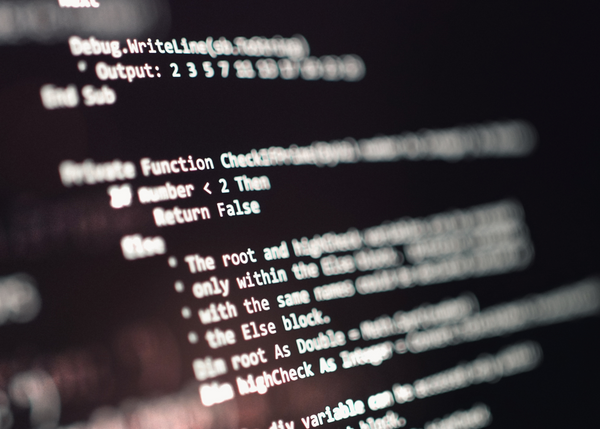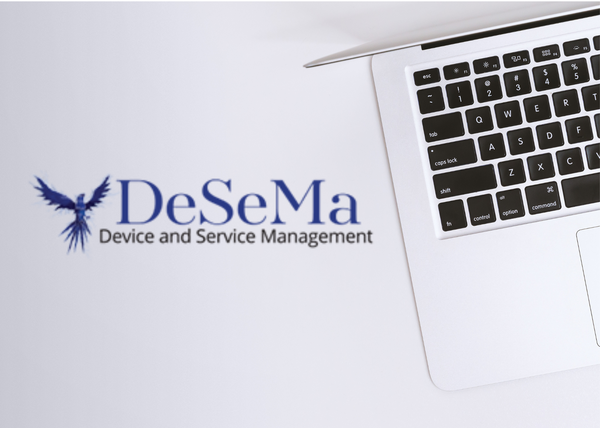On July 6, the heads of the FBI and MI5 issued an unprecedented joint statement about the threat of corporate espionage, intellectual property theft and election tampering from China. FBI Director Christopher Wray said that Chinese government-backed cybercrime “poses the biggest long-term threat” to the economic and national security of the U.S., U.K. and their allies. According to Wray, China’s hacking activities are “bigger than that of every other major country combined.” He warned business leaders that China is “set on stealing your technology.”
The U.S. and U.K. security agencies are doubling their efforts to combat Chinese cybercrime. Businesses should do the same. As we noted in a previous article, data loss prevention tools (DLP) can help reduce the risk of sensitive information falling into the wrong hands. Organizations also need security controls that can distinguish nefarious activities from normal user activities.



